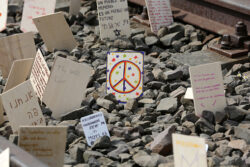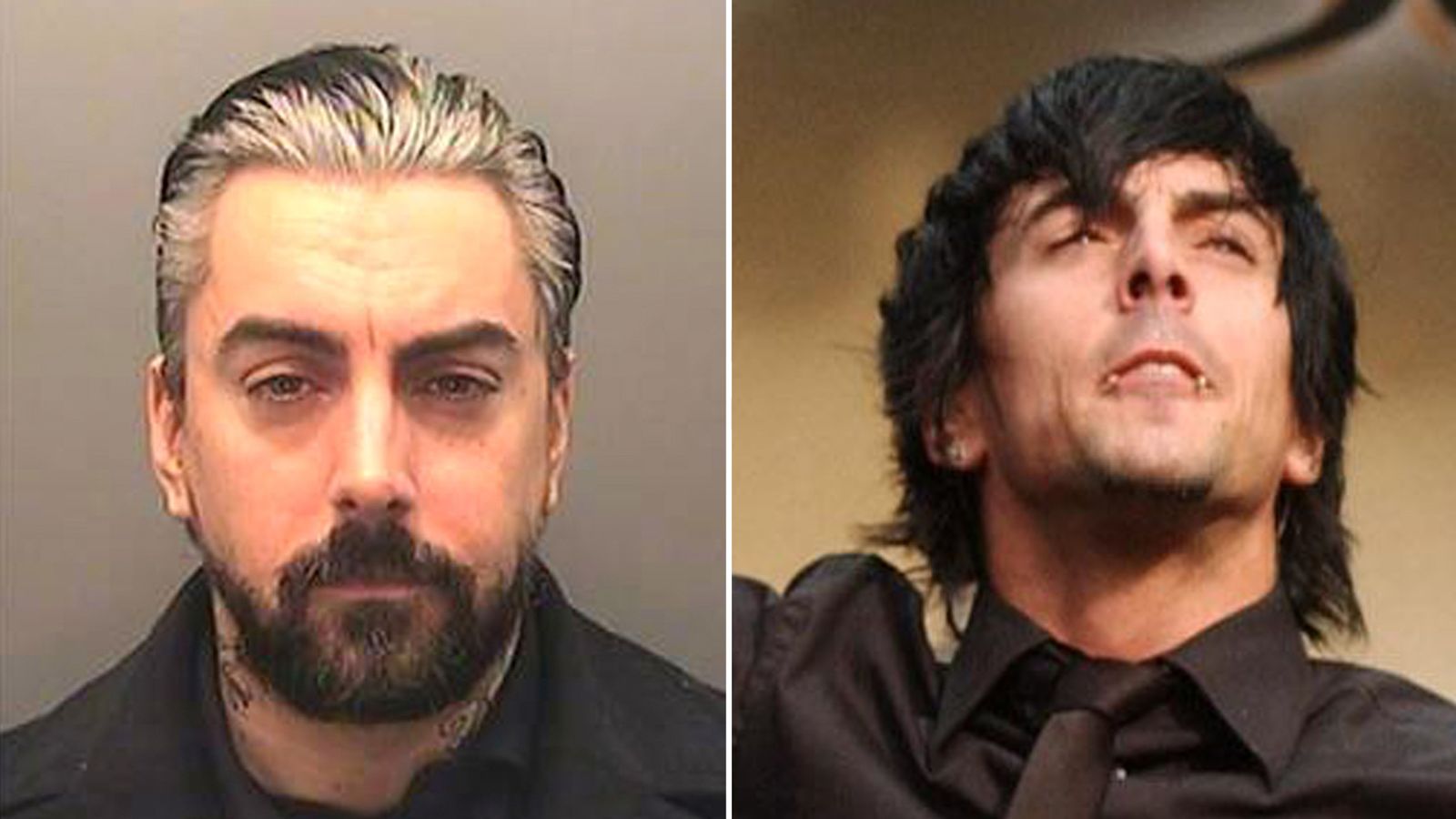Never forget (Picture: Getty Images)
Holocaust Memorial Day is a day dedicated to the memory of those whose lives have been lost over the years to genocide.
The day is sometimes mistaken for Yom Hashoah, a separate memorial day in May, where the Jewish community comes together to honour lost relatives and ancestors.
However, it has a slightly broader purpose, aiming to pay tribute to and honour the victims of all genocides throughout history.
With the significance of this day in mind, here’s why the day is so important – and why January 27 was chosen to mark Holocaust Memorial Day.
Over one million people were killed at Auschwitz (Picture: Natalia FedosenkoTASS via Getty Images)
What is Holocaust Memorial Day?
Holocaust Memorial Day (HMD) takes place on January 27, as that date marks the anniversary of the liberation of the Auschwitz-Birkenau concentration camp.
Over one million people were murdered in what was the largest Nazi concentration camp before it was liberated 78 years ago.
The theme for 2023 is Ordinary People – which has a number of different interpretations, highlighting the ordinary people who allow genocide to happen, those who actively perpetrate it. and those who have been persecuted.
The official website states that the theme will also allow us to consider how we might play out part in challenging the prejudices that exist today.
The Holocaust memorial in Berlin, designed by US architect Peter Eisenman. (Picture: AP Photo/Jockel Finck)
The day also calls on people to remember those lost in the genocides in Cambodia, Rwanda, Bosnia, and Darfur. According to the Holocaust Memorial Day website, today ‘encourages remembrance in a world scarred by genocide.’
The website goes on to say that ‘the Holocaust threatened the fabric of civilisation, and genocide must still be resisted every day. Our world often feels fragile and vulnerable and we cannot be complacent. Even in the UK, prejudice and the language of hatred must be challenged by us all.
‘HMD is for everyone. Each year across the UK, thousands of people come together to learn more about the past and take action to create a safer future. We know they learn more, empathise more and do more.’
The website also features resources for anyone hoping to organise an event, including lesson plans, assemblies, videos and a map of nearby events.
How is Holocaust Memorial Day marked?
Holocaust Memorial Day has once again been marked by an online ceremony, which can be watched from anywhere in the world.
The Holocaust Memorial Day Trust ran this ceremony via their website from 7-8pm on Thursday January 26,. You can still watch it for yourself via their website or on their YouTube channel.
On the day itself – January 27 people are also encouraged to put a lit candle at their window at 4pm to remember the lives lost – and to upload a photo of it on social media with the hashtags #HolocaustMemorialDay and #lightthedarkness.
Holocaust Memorial Day activities are also available on the website for children who wish to learn more.
How many people died in the Holocaust and in other genocides?
The true death counts of genocides are often hard to determine.
It’s thought that six million Jewish people were killed by the Nazis, although some experts have estimated the true death toll to be much higher.
According to Survivors Fund, an estimated 800,000 to one million people were slaughtered in the Rwandan genocide, which lasted 100 days from April 6 to July 16, 1994.
The Rwandan genocide lasted 100 days. (Picture: YASUYOSHI CHIBA/AFP via Getty Images)
The accurate death toll for the Cambodian genocide is unknown but researchers at the University of California estimate it ranges between 1.2 and 2.8 million people.
The Bosnian war (1992-1995) claimed an estimated 100,000 lives, while World Without Genocide state that 480,000 lives have been lost so far in the Darfur genocide.
The horrors of the Holocaust
The horror of the death toll of Hitler’s ‘Final Solution’ does not diminish with time.
Between the years of 1939 and 1945, the Holocaust claimed millions of lives, with most taken in death camps such as Auschwitz-Birkenau in Nazi-occupied Poland.
It is estimated that 11million people died in the Holocaust and that about 1.1million of those were children.
About 6million of all the people killed were Jewish and the remaining 5million were made up of Poles, gypsies, homosexuals, mentally and physically disabled people, trade unionists, Jehovah’s Witnesses, Russians, priests and pastors, resistors and non-Jewish spouses who refused to divorce.
Of the 6million Jewish people, 3 million were also Polish.
MORE : Pictures from Auschwitz show haunting human reality of Holocaust
MORE : Holocaust survivor Zigi Shipper dies on his 93rd birthday
MORE : National memorial to victims of Holocaust to be built next to Parliament
Holocaust Memorial Day and Yom Hashoah both commemorate the Holocaust – but how do they differ?





